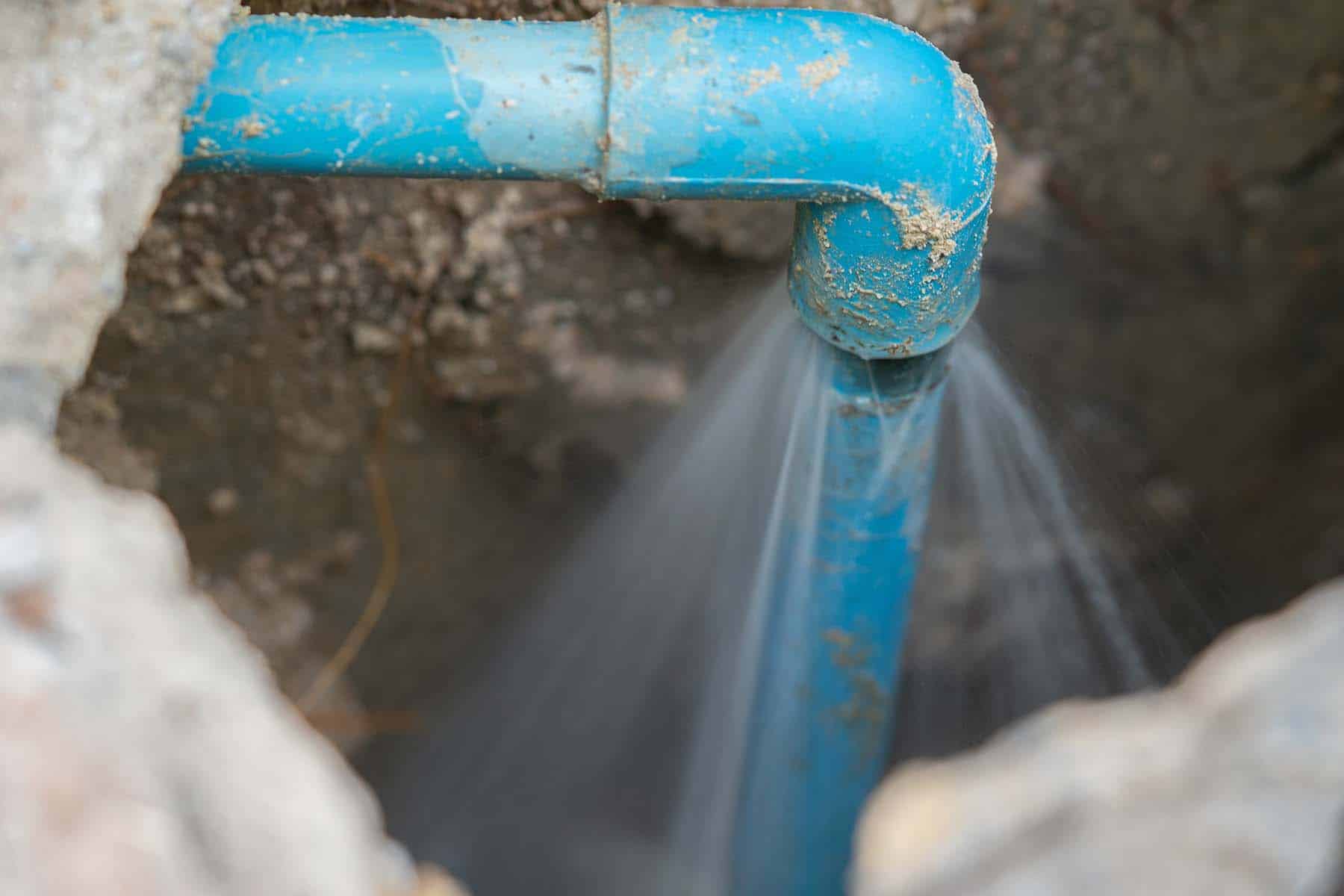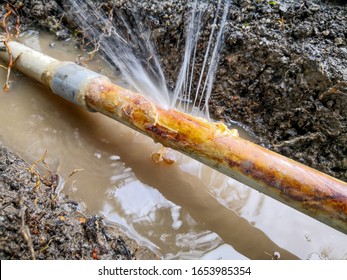Handling a Sudden Pipe Burst
Handling a Sudden Pipe Burst
Blog Article
What're your thoughts and feelings about What to Do When a Pipe Bursts in Your Home?

The instant reaction when a pipe bursts in your residential property is to go in complete panic setting. Do not worry; you are not the only one as most house owners feel in this manner, too. Besides, this concern can lead to significant residence damage.
Though it might be tough to do, continue to be calm and accumulated. Making hasty decisions can make the scenario worse. To aid you out, here are six immediate actions you need to take when encountering burst pipes. Remember, knowledge is power so checking out this before it happens will enable you to stay in control also amidst a large emergency water leak:
Conduct a Quick Visual Evaluation
Though your impulse is to shut down the valve as soon as possible, time out for some time as well as conduct a fast visual examination of the website. Try and identify where the water is dripping from. Doing so will enable you to suggest the plumber on what area to check out. This less-than-a-minute examination will save you time and aid your plumber promptly determine the source.
Close the Key Water Valve
After a fast scan, you can now shut off the primary water. Maintaining water running will certainly lead to large damages. The last point you require is major flooding warps wood floors or destroys appliances and furnishings. You additionally wish to prevent mold and mildew development. Switch off the shutoff and call the plumber for an emergency assessment.
Drain pipes the Pipe
As you wait for the plumber to show up, drain pipes the water flowing in the pipelines. Simply run your tap and also flush the commode to ensure that whatever water is remaining will entirely flow out. When you do this, the leak will stop going where it's not expected to be in the first place. Keeping that, the plumber can additionally work faster. Just do not neglect to shut off the faucet after the pipelines are drained.
Try a DIY Pipeline Fixing
If you've got handyman skills, do a small repair service like sealing a small split. You can acquire piping sealer to make quick fixes. Beware with the application, so you don't worsen any kind of troubles. If you require to tighten up a couple of nuts and also screws, stand up to the urge to over-tighten as this can cause leakages down the line.
Remove Any Kind Of Standing Water
Don't let any kind of standing water sit for also. It will bring about even more damages if water seeps into your floorings or rug. You likewise do not desire it to flow into important items like electronic devices. Clean up the water as well as completely dry the area off promptly. If you have electric fans, keep them running to circulate the air and promote quicker drying out.
Call a Reputable Plumber
If you really feel unclear regarding your abilities to repair a small fracture or little leak, it is best to call an expert plumber. When it comes to fixings, they have the expertise, abilities, devices, and experience to get points done fast. Tinkering with pipelines is not a joke as it can bring about even more difficulties if done inaccurately. Discovering a credible plumbing service assures your water leakage is taken care of efficiently and properly.
A Frozen Pipe Has Burst, What Are The Next Steps?
How to Tell if Pipes are Frozen
It’s important to catch frozen pipes early to prevent damages. Typically, you will be able to boost your thermostat or talk a professional plumber before any damage occurs. However, here are a few signs that will help you identify if your pipe is frozen.
No Water – An obvious sign that you have frozen pipes is if there’s a complete lack of water coming from your faucets or fixtures. Frost – If you can gain access to view your pipes, check to see if there is visible frost on them. Take note of which parts of the pipe has frost. Smell – If your pipes freezes, it will block food and waste down your drain, causing a backup and your room to begin to have a bad smell. How to Tell if a Frozen Pipe has Burst
Inspect the Inside of the Building. Go through each area of the building and look for actively dripping water and signs of water damage. Examine any exposed pipes and check them for frost or condensation. Especially keep an eye on rooms such as bathrooms, kitchens, laundry rooms, and unheated areas of the building. Turn on the faucets and flush your toilets. Ensure they are working and the water has no discoloration or smell to it. If there is only a slow trickle of water coming out, or no water at all, this might mean a frozen pipe has burst. Check your water meter. If all fixtures in the building are off and it still shows movement, this could be a sign of a burst. Check the exterior of the building. Look for water building up anywhere out of the ordinary, or sinkholes in your yard. Remove Water Right Away
It is important to clean up water right away to prevent mildew and mold buildup. You will need towels, buckets, mops, and a wet/dry vacuum. Do not wait for the plumber to remove the water for you, the longer you wait the more likely it is that you’ll get mold or severe water damage.
Avoid Extreme Temperatures
First off, make sure the temperature in your home is no lower than 55*F. If you are going to be gone for a long time, turn off your water with the shut off valve to prevent freezing and bursting.
Don’t Leave Still Water in Pipes
When the weather gets too cold, you should let water drip from your faucet. While the dripping might be irritating, this will help prevent water from freezing. You can detect a frozen pipe if the faucet stops working, or the toilet doesn’t refill.
Taking Precautions with Frozen Pipe Damage
A burst pipe is one of the most common issues people face at home. There can be a number of reasons why pipes burst in harsh climate conditions such as extremely cold temperatures. Low to freezing temperatures can freeze the pipes, causing there to be frozen pipe damage and leading them to burst. Regardless of the type of pipes – whether they be metal or plastic, they can still expand or burst and cause water damage to your home. A burst pipe also requires a significant amount of costs in repairs. This is why it’s important to take all the safety measures to prevent pipes from bursting.
Below are some frequently asked questions and helpful steps to take to safely solve any problems you may be experiencing with your pipes at home.
What to Do When a Pipe Bursts:
Turn off the main water supply Contact a professional Quickly remove and clean excess water to avoid further water damage. Take pressure off pipes by draining the faucets Circulate warm air in your home to slowly thaw pipes Use a repair sleeve to temporarily cover the damaged area of the pipe https://jenkinsrestorations.com/frozen-pipe-has-burst-whats-next/

I was guided to that editorial about How to Fix a Burst Water Pipe through a good friend on our other blog. Please take the time to promote this page if you liked it. Thanks a bunch for your time. Please stop by our blog back soon.
Burst? Reach us! Report this page